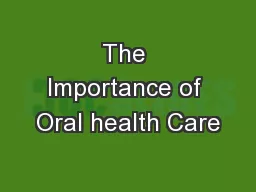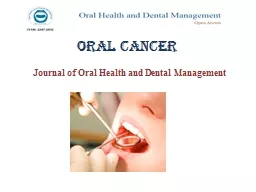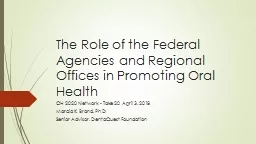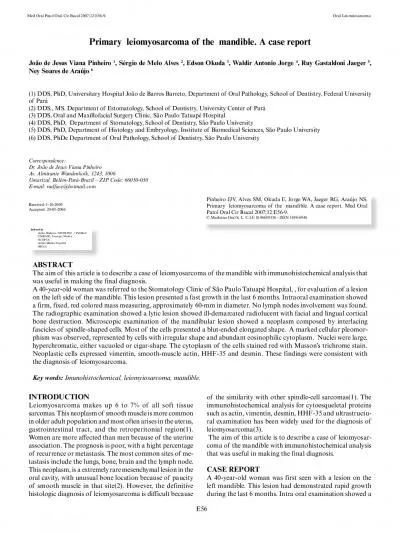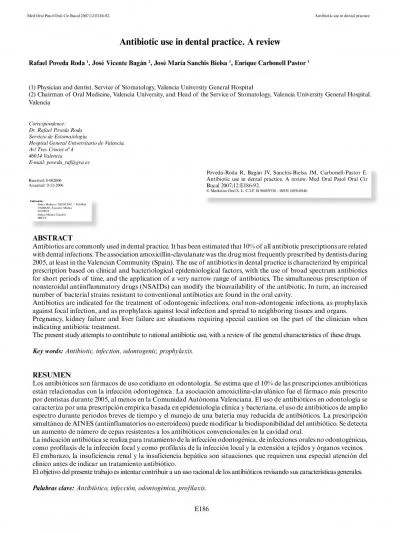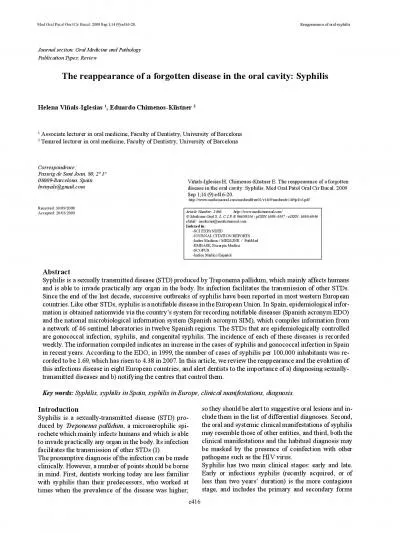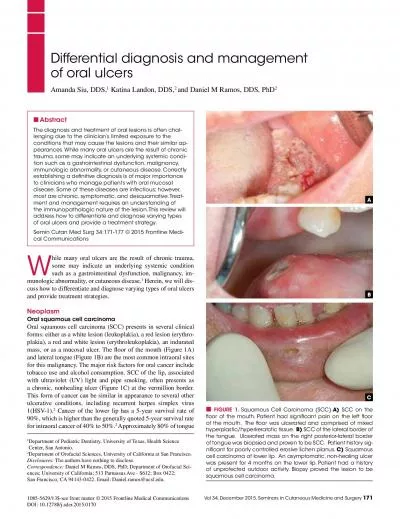PPT-8 th October 2015 Importance of Oral Health
Author : joanne | Published Date : 2024-02-02
Oral health means more than just an attractive smile Condition of the mouth mirrors the condition of the body as a whole An unhealthy mouth especially gum
Presentation Embed Code
Download Presentation
Download Presentation The PPT/PDF document "8 th October 2015 Importance of Oral He..." is the property of its rightful owner. Permission is granted to download and print the materials on this website for personal, non-commercial use only, and to display it on your personal computer provided you do not modify the materials and that you retain all copyright notices contained in the materials. By downloading content from our website, you accept the terms of this agreement.
8 th October 2015 Importance of Oral Health: Transcript
Download Rules Of Document
"8 th October 2015 Importance of Oral Health"The content belongs to its owner. You may download and print it for personal use, without modification, and keep all copyright notices. By downloading, you agree to these terms.
Related Documents



